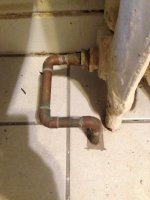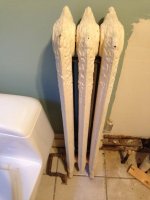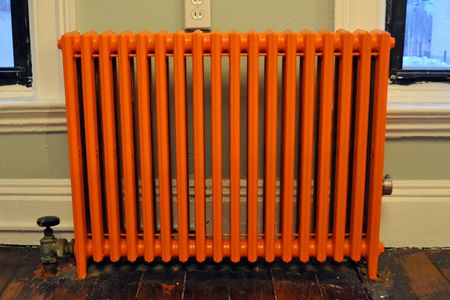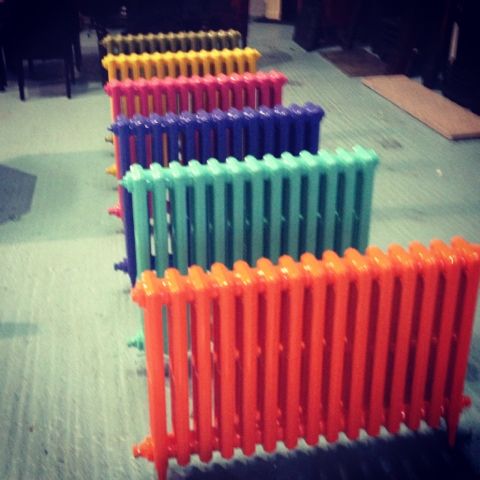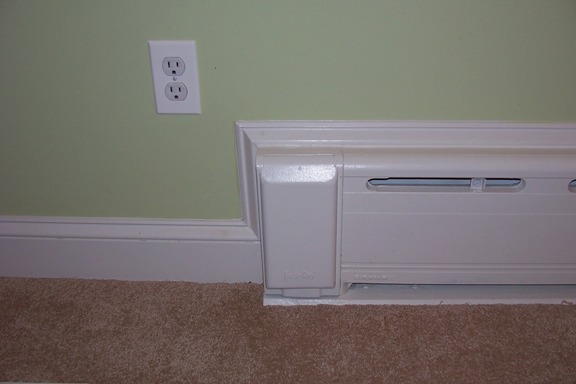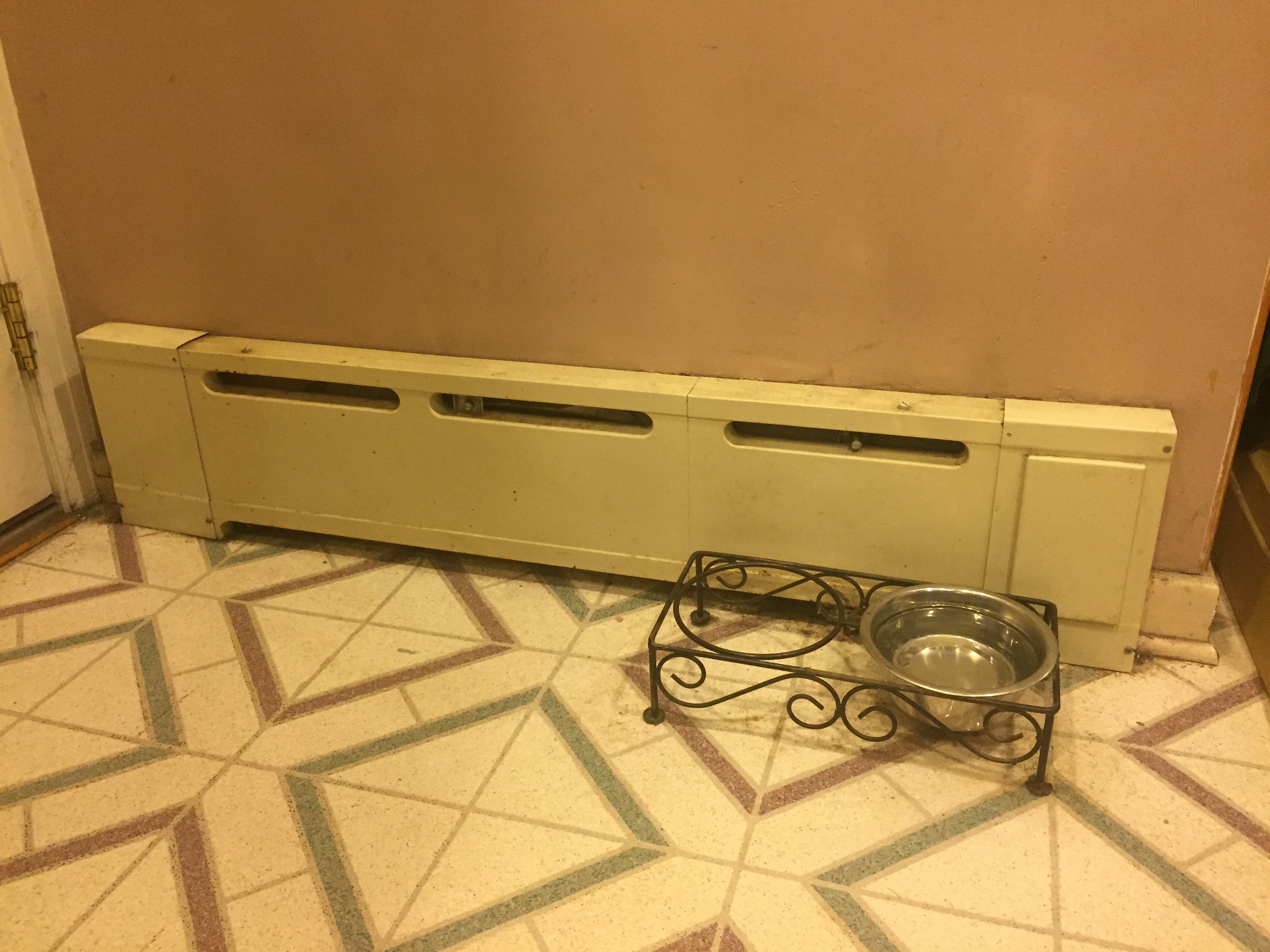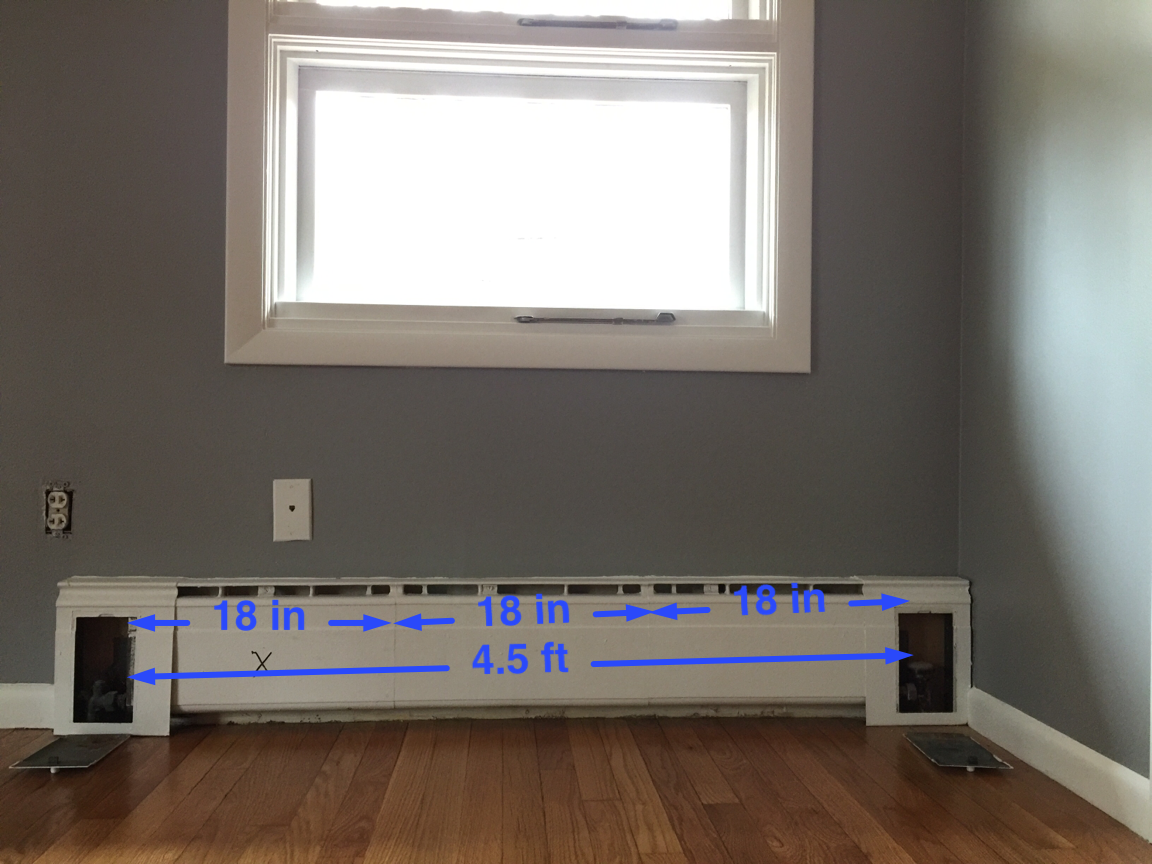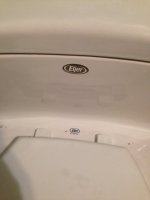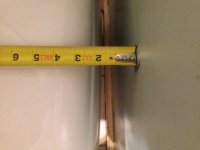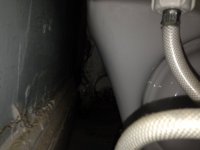CeeTee
New Member
Dear All,
I'm new to the forum and have been working on our 1925 Victorian house in Philadelphia, on and off for a few year. We are currently gutting the 3rd floor bathroom which appears to have been very badly 'remodeled' some time in the late 90's. I am doing the demolition myself currently and have removed the old cast iron tub, vanity and the cracked fiberglass shower stall and also cut & capped the water pipes so that I can proceed removing tile etc. My concern is the small cast iron radiator which is wedged between the toilet and vanity and which is connected using copper pipes, (unlike all but one other radiator connections in the house. I'm not even certain if copper connections are up to code in Philadelphia.) We plan on lifting the subfloor and laying a new one so will hopefully have good access to any plumbing.
I will be getting a plumber in, but I wanted to know this information for myself. We have a one-pipe steam system in the house which is currently in use. Can this radiator be temporarily removed in a similar process to cutting and capping the water pipes? That is: shut off the heating and drain the system before cutting and capping? Sharkbite caps were used for the water, but I'm assuming soldered caps would be the minimum requirement for the radiators? I know this is very minimal information to go on and several questions. I've attached photos of the copper connections and radiator to hopefully make it clearer.
Thank you in advance!
I'm new to the forum and have been working on our 1925 Victorian house in Philadelphia, on and off for a few year. We are currently gutting the 3rd floor bathroom which appears to have been very badly 'remodeled' some time in the late 90's. I am doing the demolition myself currently and have removed the old cast iron tub, vanity and the cracked fiberglass shower stall and also cut & capped the water pipes so that I can proceed removing tile etc. My concern is the small cast iron radiator which is wedged between the toilet and vanity and which is connected using copper pipes, (unlike all but one other radiator connections in the house. I'm not even certain if copper connections are up to code in Philadelphia.) We plan on lifting the subfloor and laying a new one so will hopefully have good access to any plumbing.
I will be getting a plumber in, but I wanted to know this information for myself. We have a one-pipe steam system in the house which is currently in use. Can this radiator be temporarily removed in a similar process to cutting and capping the water pipes? That is: shut off the heating and drain the system before cutting and capping? Sharkbite caps were used for the water, but I'm assuming soldered caps would be the minimum requirement for the radiators? I know this is very minimal information to go on and several questions. I've attached photos of the copper connections and radiator to hopefully make it clearer.
Thank you in advance!

